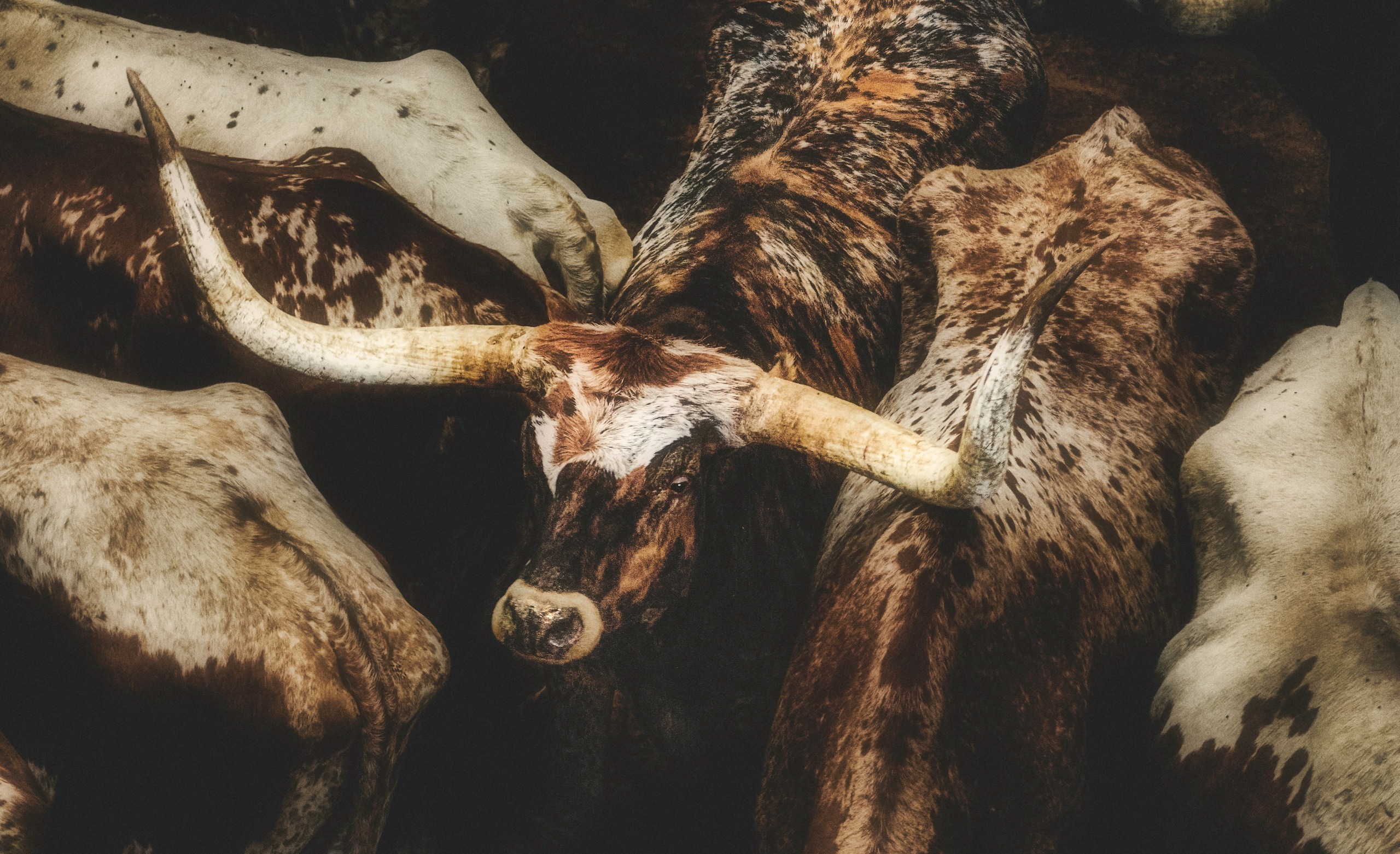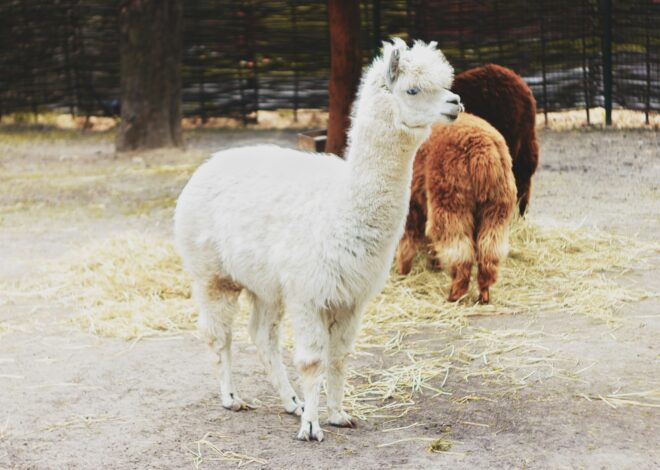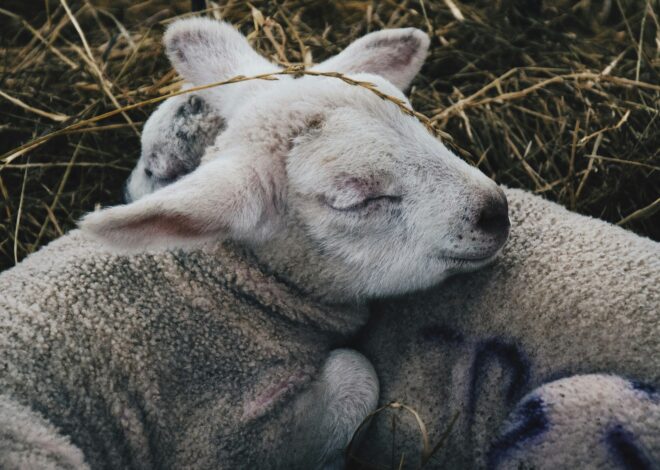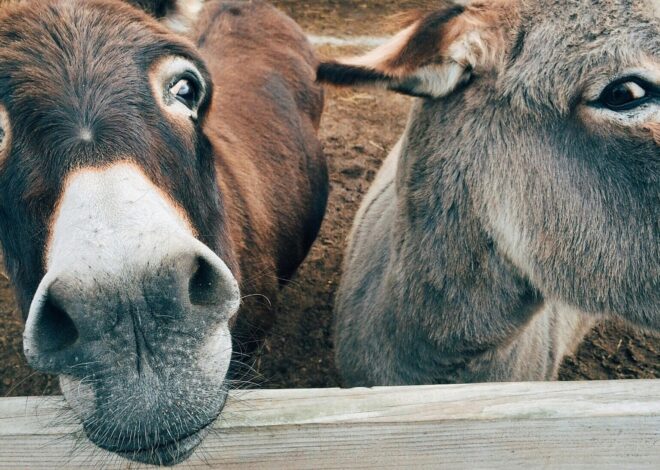
How To Raise Longhorn Cattle
Welcome to our guide on how to raise longhorn cattle. Raising Longhorn cattle can be a rewarding venture that combines passion for agriculture with the beauty of these majestic animals. With their iconic horns and hardy nature, Longhorns are not just a breed; they represent a lifestyle rooted in tradition and sustainability.
Whether you’re considering starting your own herd or simply curious about what it takes to care for these remarkable creatures, you’ve come to the right place. The journey into the world of Longhorns opens up numerous possibilities, from enjoying their unique personalities to potentially profiting from their meat and hides.
But how do you get started? Understanding the essentials of raising Longhorn cattle is key to ensuring both your success and their well-being. Let’s delve into this exciting adventure together!
Benefits of Raising Longhorns
Raising Longhorn cattle offers a diverse range of benefits that appeal to both ranchers and hobbyists. One standout advantage is their hardiness. These animals thrive in various environments, making them adaptable to different climates. Longhorns are also known for their low maintenance needs.
Their efficient grazing habits help manage pasture health, reducing the need for supplemental feed. This can lead to significant savings over time. Beyond practicality, Longhorns have distinctively beautiful appearances with striking horns that can reach impressive lengths. Many owners find joy in showcasing these unique traits at fairs or local events.
Additionally, they possess excellent temperaments, often described as calm and friendly. This makes them easier to handle than some other breeds. Raising Longhorns can be economically beneficial due to their growing popularity in niche markets like specialty meat production and ornamental purposes for enthusiasts seeking unique livestock experiences.
Choosing the Right Breed and Gender
Choosing the right breed and gender of Longhorn cattle is crucial for your farming goals. Each breed varies in size, temperament, and appearance. Some may be better suited for beef production, while others excel in show or as pets.
Consider what you want from your herd. If you’re focused on meat quality, look for breeds known for their marbling and growth rates. For a stunning display at fairs or exhibitions, select those with impressive horn structures and vibrant color patterns.
Gender plays an important role too. Female cows typically have a calmer demeanor and can produce calves that contribute to your breeding program. Males often exhibit more aggressive behavior but are essential if you’re planning to expand your herd through natural breeding.
Research thoroughly before making decisions; this foundational step will shape the success of raising Longhorn cattle on your farm.
Setting Up a Suitable Habitat
Creating a suitable habitat for Longhorn cattle is essential to their health and well-being. Start by selecting an open space with plenty of room for grazing. They thrive in grassy pastures, so consider land that offers diverse vegetation.
Fencing is crucial. Use sturdy materials that can withstand the unique challenges posed by these strong animals. High-quality barbed wire or wooden fences can help keep your herd secure while allowing them ample roaming space. Water access should never be overlooked. Ensure fresh water sources are available at all times, especially during hot months when hydration becomes critical.
Shade plays a vital role too. Construct shaded areas using trees or shelters to protect them from harsh weather conditions, whether it’s scorching sun or rain. Proper drainage will prevent muddy conditions in the pasture after heavy rainfall and maintain a clean living environment for your Longhorns.
Feeding and Nutrition for Longhorn Cattle
Feeding Longhorn cattle requires attention to detail. They thrive on a balanced diet that includes forage, grains, and protein sources. Quality hay is essential. Look for alfalfa or grass varieties rich in nutrients. These provide the fiber necessary for digestion.
In addition to hay, supplement with grain during winter months when pasture is scarce. This can help maintain energy levels and support growth. Minerals also play a vital role in their diet. Provide free-choice minerals tailored to cattle needs, ensuring they get adequate calcium and phosphorus.
Water should never be overlooked either. Fresh and clean water must always be accessible, as hydration directly impacts health and productivity. Monitor body condition regularly to adjust feeding plans accordingly. Each animal’s dietary needs may vary based on age, weight, and activity level.
Health and Care for Longhorn Cattle
Maintaining the health and care of Longhorn cattle is essential for their well-being and productivity. Regular veterinary check-ups can catch potential issues early. Vaccinations, deworming, and preventive treatments should be part of your routine.
A clean living environment plays a significant role in keeping them healthy. Adequate shelter protects against harsh weather conditions, while cleanliness prevents diseases. Monitor their weight regularly to ensure they maintain a healthy body condition score. This helps in adjusting feeding practices as needed.
Pay attention to any behavioral changes or signs of distress; these could indicate underlying health problems. Proper hoof care is also important; trimming hooves every few months will help prevent lameness issues. Good socialization with other cattle promotes mental well-being, making your herd happier and healthier overall.
Breeding and Calving Process
Breeding Longhorn cattle requires careful planning. Timing is essential, as these animals have a specific breeding season. Observing heat cycles in your cows can help you pinpoint the best time for artificial insemination or natural breeding. Once bred, expect a gestation period of about nine months.
It’s crucial to monitor the health and well-being of pregnant cows during this time. A balanced diet rich in necessary nutrients supports both mother and calf. When calving approaches, create a calm environment for the cow. This reduces stress and promotes smoother deliveries. Be prepared with basic tools like disinfectants, gloves, and towels.
After birth, ensure that the calf nurses promptly within hours to receive vital colostrum. Monitor both cow and calf closely for any signs of distress or complications during this critical period; early intervention can make all the difference in their health journey ahead.
Training and Handling Techniques
Training Longhorn cattle requires patience and consistency. Start with basic commands to build trust. Use positive reinforcement like treats or gentle pats when they respond correctly. Handling techniques are equally important for safety and comfort. Approach your cattle calmly, allowing them to get used to your presence. This reduces stress for both you and the animal.
Leads and halters can help manage their movements during training sessions. Introduce these tools gradually, ensuring the Longhorn feels secure while wearing them. Regular exposure to different environments will enhance their adaptability. Take them out of their usual surroundings often; this helps develop confidence in various situations.
Always pay attention to body language as it reveals how comfortable they feel during training. Respecting their boundaries fosters a stronger bond between you and your Longhorns, leading to successful handling experiences down the road.
Marketing Your Longhorn Cattle
Marketing your Longhorn cattle opens the door to numerous opportunities. Start by identifying your target audience. Are you reaching out to ranchers, collectors, or those interested in unique meats? Tailoring your message is key.
Utilize social media platforms to showcase their beauty and uniqueness. High-quality images of your cattle grazing on lush pastures can capture attention quickly. Consider creating a dedicated Instagram or Facebook page for visual storytelling.
Participating in local fairs or agricultural shows can help promote your herd directly. Engaging with potential buyers face-to-face builds trust and establishes relationships that online marketing cannot replicate. Don’t overlook online marketplaces specifically for livestock sales.
Listing detailed descriptions along with captivating photos will create interest among serious buyers. Networking within communities focused on agriculture can lead to referrals and insider tips about selling strategies that work best in this niche market.
Conclusion: Raising Longhorn Cattle
Raising Longhorn cattle can be a rewarding venture, both personally and financially. These majestic animals are not just known for their iconic horns but also for their adaptability and resilience. With the right knowledge, resources, and commitment, you can successfully manage a herd while enjoying the unique experience they offer.
Understanding the benefits of raising Longhorns will help you appreciate why so many people choose this breed. From their hardiness to low maintenance requirements, they make an excellent addition to any farm or ranch. Choosing the appropriate breed and gender is critical in establishing a successful herd.
Take your time in researching different strains to ensure that you select individuals that align with your farming goals. Creating a suitable habitat is another essential step in raising these cattle. A well-designed environment promotes health and wellness, allowing your Longhorns to thrive.
With careful planning coupled with genuine passion for raising longhorn cattle—you’ll find this journey enriches not only your life but also contributes positively towards sustainable agriculture practices within our communities!



